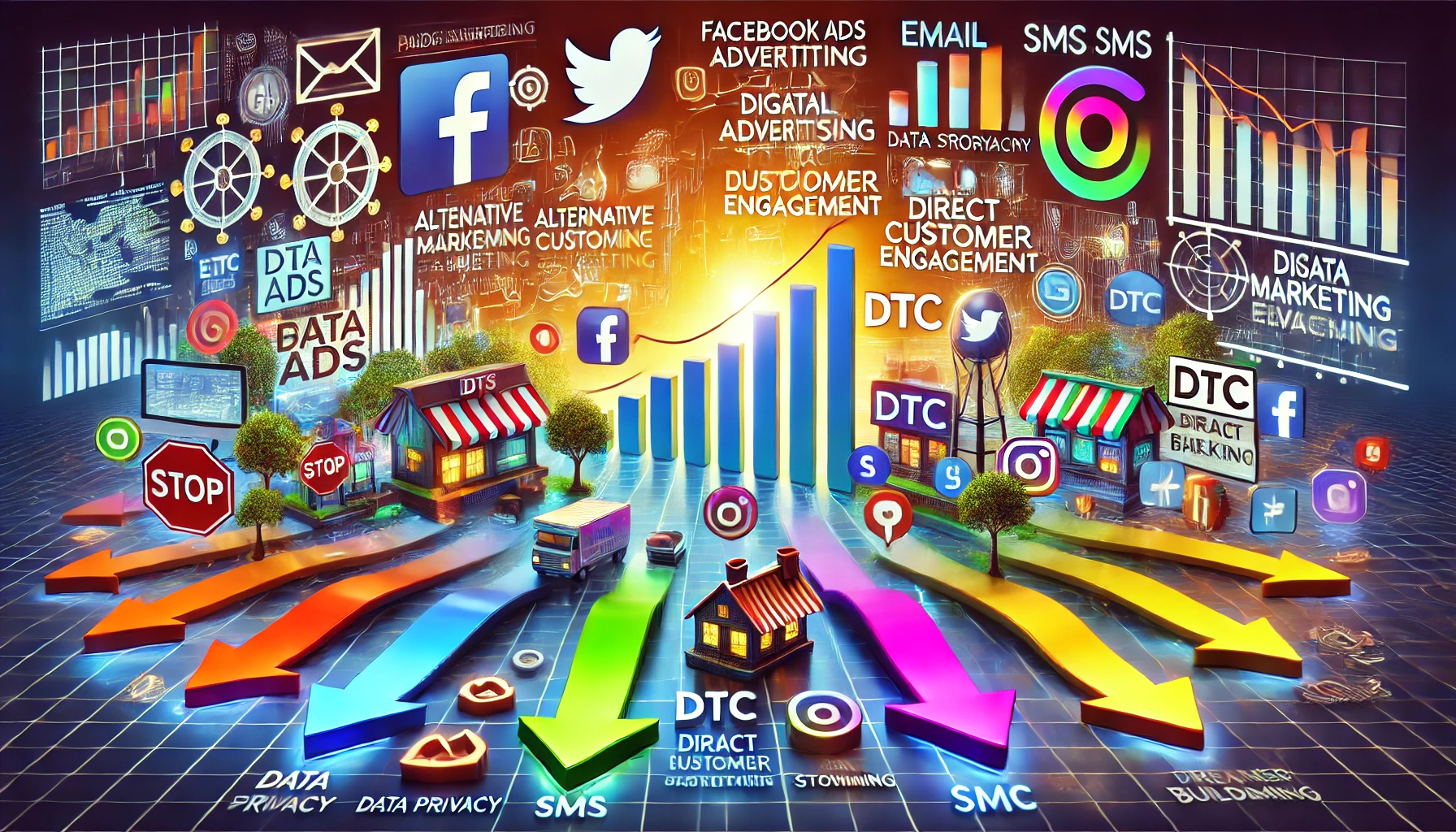As the digital landscape evolves, Direct-to-Consumer (DTC) brands are shifting away from a heavy reliance on paid advertising. Once the bread and butter of many successful DTC brands, paid ads—particularly on platforms like Facebook and Instagram—are no longer as effective as they used to be. Here’s why DTC marketers are looking for new ways to drive growth and what alternatives are gaining traction.
1. Privacy Changes Shaking the Industry
One of the biggest blows to paid advertising came with Apple’s iOS 14 update. This update gave users more control over how third-party apps track their data, making it harder for advertisers to target the right audiences effectively. Without access to accurate user data, the precision of paid ads has significantly diminished, forcing brands to rethink their strategies.
2. The Rising Cost of Paid Ads
As competition on platforms like Facebook and Google increases, so do the costs. Many DTC brands are finding that the return on investment (ROI) from paid ads is shrinking, especially when compared to the golden days of cheaper, highly targeted campaigns. With a higher cost to acquire customers, brands are looking for more cost-effective ways to connect with their audiences.
3. Focus on Building Stronger Brands
In the face of these challenges, DTC brands are refocusing on the basics: brand building. A strong brand can thrive even when the effectiveness of paid ads diminishes. By investing in authentic storytelling, community building, and creating memorable customer experiences, brands are finding that they can drive organic traffic and word-of-mouth marketing without relying solely on paid ads. Explore more brand-building strategies here.
4. Exploring Alternative Channels
With paid advertising on the decline, DTC brands are embracing alternative channels to reach their customers. Email marketing, SMS, and even direct mail are experiencing a resurgence as effective ways to engage with consumers. These channels not only offer better control but also build more direct relationships with customers, fostering loyalty and repeat business. Boost your engagement with effective email marketing.
5. The Power of First-Party Data
As third-party data becomes less reliable, first-party data is becoming the key to personalization and customer engagement. DTC brands are focusing on collecting data directly from their customers through surveys, email sign-ups, and interactive tools. This shift allows brands to create personalized experiences without depending on third-party platforms. Learn more about how first-party data is changing digital marketing.
Conclusion: The Shift to Sustainable Growth
While paid advertising will always have a place in marketing strategies, DTC brands are learning that sustainable growth requires more than just running ads. By building stronger brands, nurturing direct customer relationships, and leveraging alternative channels, DTC companies can thrive in a world where paid ads are no longer the go-to solution.

